
How Winter Weather Can Exacerbate Inflammatory Rosacea Symptoms
Key Takeaways:
- Winter Weather Challenges: Cold, dry air and fluctuating temperatures can worsen inflammatory rosacea symptoms, making proper skin care and protection essential during colder months.
- Skincare and Lifestyle Adjustments: Switching to gentle, hydrating products, avoiding common triggers, and maintaining a consistent routine can help manage flare-ups effectively.
- When to Seek Help: If symptoms worsen, cause discomfort, or become difficult to manage, consulting a dermatologist can provide tailored solutions and prevent long-term damage.
Winter weather can be tough on anyone's skin, but for those with inflammatory rosacea, it’s more than just a seasonal inconvenience. The combination of cold winds, dry indoor heat, and fluctuating temperatures can turn manageable symptoms into frustrating flare-ups. If you’ve noticed your rosacea becoming harder to control as the days get chillier, you’re not alone.
With years of expertise in skincare innovation and a deep commitment to holistic wellness, Sacred Rituel is proud to be a trusted voice for those navigating skin conditions like rosacea. We created this guide to help you understand why winter is such a challenging season for rosacea sufferers, what triggers to watch out for, and practical ways to protect your skin.
Understanding Inflammatory Rosacea
Inflammatory rosacea is a chronic skin condition that primarily affects the face, causing redness, swelling, and sometimes small, pimple-like bumps. Unlike regular acne, it doesn’t go away on its own and often requires targeted treatment to manage. While the exact cause isn’t fully understood, it’s believed to stem from a combination of genetic predisposition, immune system irregularities, and environmental factors. People with fair skin or a family history of rosacea are more likely to experience this condition, but anyone can develop it.
Inflammatory rosacea can be frustrating, as flare-ups often seem to occur at the worst possible times. However, with the right knowledge and management strategies, it’s possible to reduce symptoms and improve your quality of life.
Try our Sacred Serum to help calm irritated skin and reduce inflammation. Infused with Arnica, it’s specially designed to minimize swelling, bruising, and redness, making it a perfect addition to your rosacea care routine. Take the first step toward soothing relief today and experience the difference Sacred Serum can make.
Why Winter Weather Can Worsen Rosacea Symptoms
Winter weather is notorious for triggering rosacea flare-ups, and there are several reasons for this. Being mindful of these common triggers can help you better manage flare-ups:
Cold, Windy Weather
The icy chill of winter can make skin more prone to irritation by reducing its natural protective oils. Wind acts as a physical irritant, chafing exposed areas of the face like the cheeks and nose. For rosacea-prone skin, this combination often leads to heightened redness and visible inflammation.
Dry Indoor Heating
Heating systems deplete the air of moisture, creating a dehydrating environment for your skin. This lack of humidity makes it harder for the skin to retain water, resulting in dryness and flaking. For those with rosacea, this dryness weakens the skin’s barrier, making it more susceptible to redness and irritation.
Hot Beverages
Hot drinks, such as tea, coffee, and mulled wine, can increase your body temperature and dilate blood vessels. This reaction often shows up as flushed skin, a common issue for people with rosacea. Even a slight increase in heat from a beverage can trigger a flare-up, especially during an already challenging season.
Spicy Comfort Foods
Foods spiced with chili, cayenne, or black pepper stimulate nerve endings in the skin and increase blood flow to the face. This vasodilation can result in prolonged redness and a hot, uncomfortable sensation. While these foods are warming and satisfying in the winter, they are a known culprit for worsening rosacea symptoms.

Stress Of The Holidays
Winter often brings higher levels of stress due to social obligations, gift-giving, and end-of-year responsibilities. Stress can activate your body’s inflammatory response, which directly affects rosacea symptoms. For many, this leads to unpredictable and frustrating flare-ups during what should be a festive season.
Heavy, Occlusive Skincare Products
In winter, people often reach for heavier moisturizers to combat dryness, but these products can backfire for sensitive skin. Thick or greasy formulations may clog pores and trap heat, worsening irritation. For individuals with rosacea, these factors can lead to both immediate and long-term flare-ups.
How To Adjust Your Skincare Routine For Winter
A tailored skincare routine can make a significant difference in managing rosacea during the colder months. Here’s how to adjust your regimen to protect your skin from winter’s harsh effects:
Switch To A Gentle, Hydrating Cleanser
During winter, it’s essential to use a cleanser that doesn’t strip your skin of its natural oils. Harsh cleansers with sulfates or added fragrances can disrupt your skin barrier, making it more prone to irritation and redness. Look for hydrating cleansers with soothing ingredients like ceramides, glycerin, or aloe vera, which cleanse while maintaining your skin's moisture.
Incorporate A Nourishing, Multi-Functional Product
The cold season demands a skincare product that hydrates, repairs, and strengthens the skin barrier. Serums made with cold-pressed oils are ideal because they lock in moisture, soothe redness, and deliver essential nutrients. Look for products with natural oils like rosehip, jojoba, or evening primrose, which are lightweight yet deeply nourishing for sensitive skin.
Don’t Skip Sunscreen
UV rays are still present in winter, even on cloudy or snowy days, and they can worsen rosacea symptoms. Choose a mineral-based sunscreen with zinc oxide or titanium dioxide, as these are less likely to irritate sensitive skin. Applying sunscreen daily is a crucial step in protecting your skin barrier and reducing redness over time.
Avoid Over-Exfoliating
Exfoliation, while beneficial in moderation, can worsen dryness and irritation during winter. If you choose to exfoliate, limit it to once a week and avoid harsh scrubs or chemical exfoliants like AHAs and BHAs. Instead, consider using a soft washcloth or enzyme-based exfoliators for a gentler option.
Use A Humidifier Indoors
The dry air from indoor heating can quickly dehydrate your skin, exacerbating redness and irritation. Placing a humidifier in your bedroom or living area adds moisture back into the air, creating a skin-friendly environment. Aim to maintain indoor humidity levels between 40-60% for optimal results.
Protect Your Skin Outdoors
When venturing out in the cold, cover your face with a scarf or a windproof mask to prevent windburn and excessive dryness. Choose soft materials like cotton or fleece to avoid friction, which can irritate sensitive skin. Always make sure the fabric is clean, as buildup of dirt or oils can further aggravate rosacea.
Prevention Tips To Keep Flare-Ups At Bay
Preventing rosacea flare-ups, especially in winter, requires consistent care and attention to your triggers. Here are some practical tips to help minimize symptoms:
Stay Hydrated
Hydration is essential for maintaining healthy skin, especially during winter when cold air and indoor heating can cause dryness. Drinking at least 8–10 glasses of water a day helps replenish moisture levels and support your skin’s barrier function. To boost hydration further, consider incorporating foods rich in water, like cucumbers, oranges, and watermelon, into your diet.
Avoid Extreme Temperatures
Sudden exposure to freezing outdoor air or overly warm indoor environments can lead to flushing and irritation. Try to limit time spent outside on particularly cold or windy days, and avoid standing directly in front of heaters. When showering, stick to lukewarm water rather than hot, as excessive heat can strip the skin of natural oils and trigger redness.
Layer Smartly
Wearing protective clothing like scarves or balaclavas can shield your skin from harsh winds, but choose fabrics carefully. Soft, breathable materials like cotton are ideal to avoid friction and irritation. If you wear heavier fabrics like wool, make sure there’s a softer layer underneath to prevent direct contact with your skin.
Monitor Your Diet
Certain foods and beverages, such as spicy dishes, alcohol, and steaming hot drinks, can dilate blood vessels and worsen flushing. Instead, opt for room-temperature or lukewarm drinks to avoid unnecessary triggers. Keeping a food diary can help you pinpoint specific items that exacerbate your symptoms, making it easier to tailor your diet.
Be Gentle With Your Skin
Vigorous scrubbing or rough towels can aggravate rosacea-prone skin, so always use a soft touch. After cleansing, gently pat your face dry with a soft towel rather than rubbing. Apply a hydrating product while your skin is still damp to lock in hydration and reinforce your skin’s natural barrier.
Use Hypoallergenic Products
Rosacea-prone skin is often sensitive, so products with fragrances, alcohol, or harsh chemicals can worsen irritation. Look for labels that say “hypoallergenic” or “for sensitive skin” to ensure they’re gentle enough for daily use. When introducing new products, do a patch test on a small area of skin first to check for reactions.
Plan Ahead For Social Events
Holiday gatherings or busy schedules can lead to increased stress, which is a common rosacea trigger. Practice relaxation techniques like meditation, yoga, or even simple deep-breathing exercises to calm your mind before stressful events. If you’re concerned about potential triggers, prep your skin with a soothing moisturizer and have a calming spray or thermal water mist on hand during the event.
Track Your Triggers
Keeping a detailed journal of your daily activities, meals, and environmental exposures can help you identify patterns that lead to flare-ups. Once you know your triggers, you can take proactive steps to avoid them, such as adjusting your routine or diet. Over time, this can lead to a better understanding of what your skin needs to stay calm and balanced.
When To Seek Professional Help For Your Rosacea
While rosacea can often be managed with lifestyle adjustments and over-the-counter products, there are times when professional help is essential. Here’s when you should consider seeing a dermatologist:
- Your Symptoms Are Worsening: If your flare-ups become more frequent, severe, or difficult to manage, it’s time to seek expert advice.
- You Experience Persistent Pain or Discomfort: Rosacea that causes significant discomfort, including burning, stinging, or itching, may require medical treatment to soothe your skin.
- Your Current Treatments Aren’t Working: If your current skincare routine or prescribed treatments don’t seem to be effective, a dermatologist can adjust your plan or recommend more advanced options.
- You Notice Eye Symptoms: Ocular rosacea, which affects the eyes, can lead to redness, irritation, and blurred vision. Prompt treatment is important to prevent complications.
- You’re Concerned About Long-Term Damage: Without proper care, rosacea can sometimes lead to permanent redness, visible blood vessels, or skin thickening. Early intervention can help prevent these outcomes.
- You Want a Customized Plan: A dermatologist can create a treatment plan tailored specifically to your skin’s needs, combining medications, in-office procedures, and lifestyle recommendations.
Seeking professional help can make a significant difference in managing rosacea effectively, improving both your skin’s health and your confidence.

Final Thoughts
Winter weather may pose unique challenges for those with inflammatory rosacea, but with the right knowledge and strategies, you can keep flare-ups under control. By understanding how cold weather and seasonal triggers impact your skin, adjusting your skincare routine, and seeking professional advice when necessary, you can face the colder months with confidence.
Remember, rosacea management is a journey, not a one-size-fits-all solution. What works for one person may not work for another, so be patient and proactive in finding the best approach for your skin. Whether it’s through prevention, treatment, or simply learning to recognize your triggers, small steps can lead to big improvements over time.
Read also:
- Prevent Winter Dry Skin Rash With Hydrating Body Oils
- Incorporating Facial Oils Into Your Acne Skincare Regimen
- What Helps With Redness On Your Face: Solutions That Work
Frequently Asked Questions About Inflammatory Rosacea
How do you get rid of inflammatory rosacea?
While rosacea has no permanent cure, you can manage it through a combination of lifestyle changes, skincare adjustments, and medical treatments such as topical medications, oral antibiotics, and laser therapy.
What is the biggest trigger for rosacea?
The biggest trigger varies by individual, but sun exposure is one of the most common. Other major triggers include spicy foods, alcohol, and extreme temperature changes.
Why did I suddenly get rosacea?
Rosacea can develop due to a combination of genetic predisposition, environmental factors, and immune system irregularities. It often appears in adulthood, and triggers like stress, diet, or changes in climate may cause the first noticeable symptoms.
How do you calm down rosacea fast?
To effectively soothe rosacea, start by applying a cold compress to help reduce inflammation. Follow up with a gentle, hydrating product that contains calming ingredients, and steer clear of any known triggers. Anti-inflammatory creams prescribed by a doctor can also provide rapid relief.
How long does inflammatory rosacea last?
Rosacea is a chronic condition that doesn’t go away entirely, but flare-ups can last days to weeks if untreated. Proper management can reduce their frequency and duration.
How do dermatologists treat rosacea?
Dermatologists may prescribe topical treatments like metronidazole or azelaic acid, oral antibiotics for inflammation, or recommend procedures such as laser therapy to reduce redness and visible blood vessels.
Is vitamin C good for rosacea?
Vitamin C can be beneficial for reducing inflammation and strengthening the skin barrier, but it must be in a gentle, non-acidic formula to avoid irritation.
What are 5 symptoms of rosacea?
Symptoms include persistent facial redness, visible blood vessels (telangiectasia), small, pus-filled bumps, burning or stinging sensations, and skin thickening, especially on the nose.
Sources:
- Powell, F. C. (2005). Rosacea. New England Journal of Medicine, 352(8), 793-803.
- Alia, E., & Feng, H. (2022). Rosacea pathogenesis, common triggers, and dietary role: the cause, the trigger, and the positive effects of different foods. Clinics in Dermatology, 40(2), 122-127.
- Goh, C. L., Wu, Y., Welsh, B., Abad‐Casintahan, M. F., Tseng, C. J., Sharad, J., ... & Chan, H. N. K. (2023). Expert consensus on holistic skin care routine: Focus on acne, rosacea, atopic dermatitis, and sensitive skin syndrome. Journal of Cosmetic Dermatology, 22(1), 45-54.

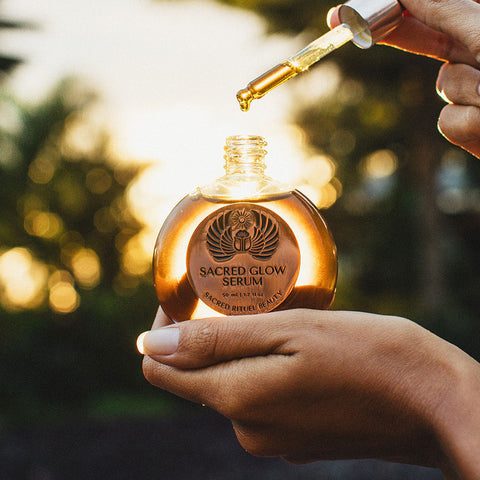

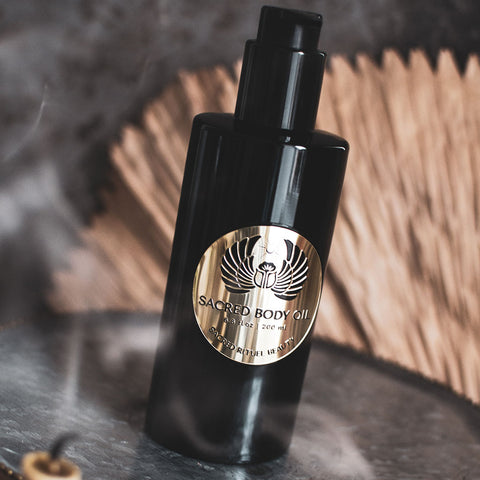
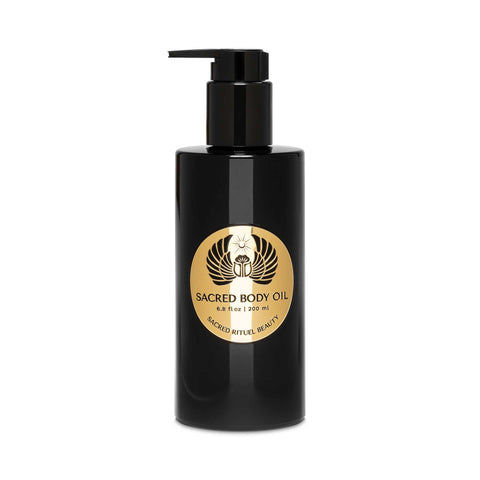
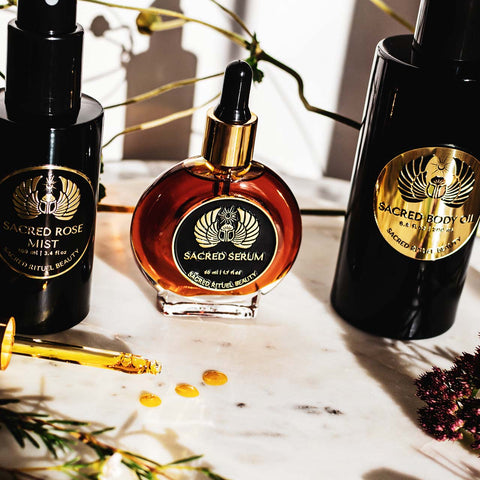
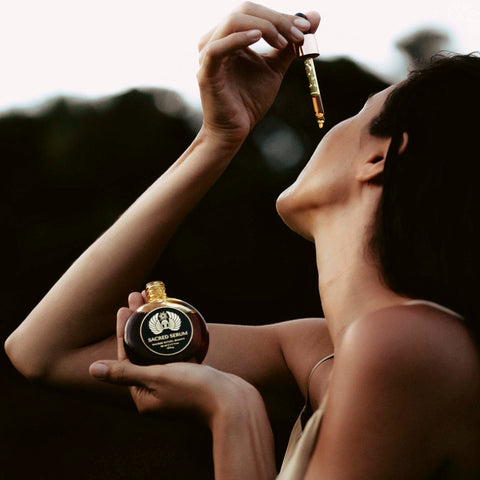
Commentaires (0)
Il n'y a pas de commentaires pour cet article. Soyez le premier à laisser un message !